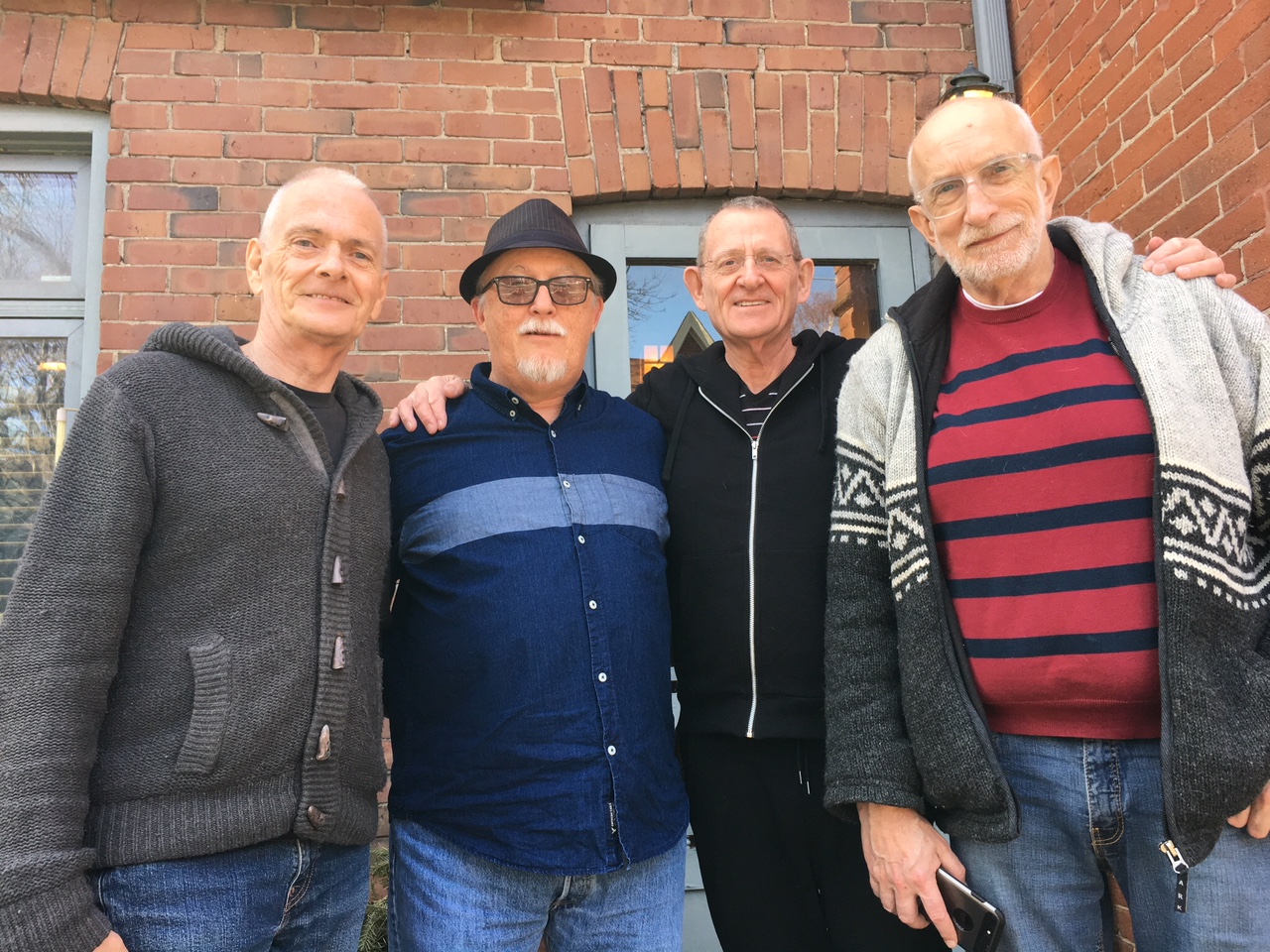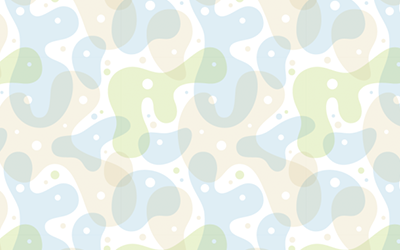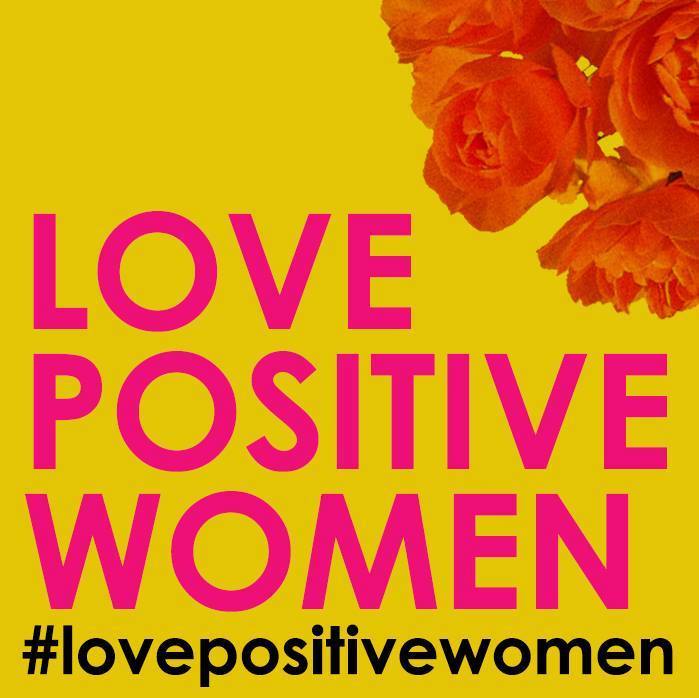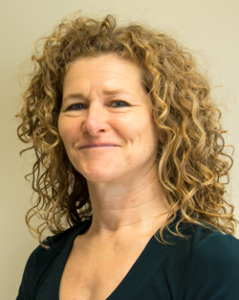HIV and life insurance: A welcome change but questions remain
8 mai 2018 • Par Wendy Porch and Jeff PottsHistorically, people living with HIV in Canada have been excluded from access to life insurance. In recent years, however, both Manulife and Sun Life have started accepting applications from people living with HIV, now that HIV is widely recognized as a manageable chronic illness. Nevertheless, this significant change in policy is not well-known within the HIV sector. How can we change that and how can we facilitate access to life insurance for people living with HIV? With these two questions in mind, we at Realize and the Canadian Positive People Network (CPPN) surveyed our members and the insurance sector to...






